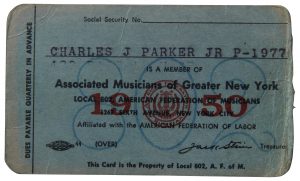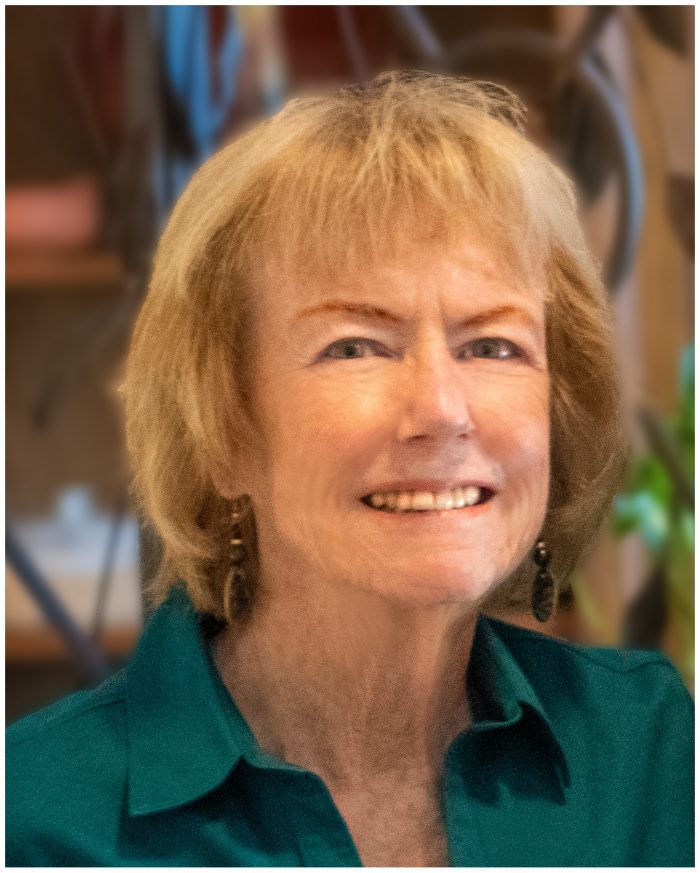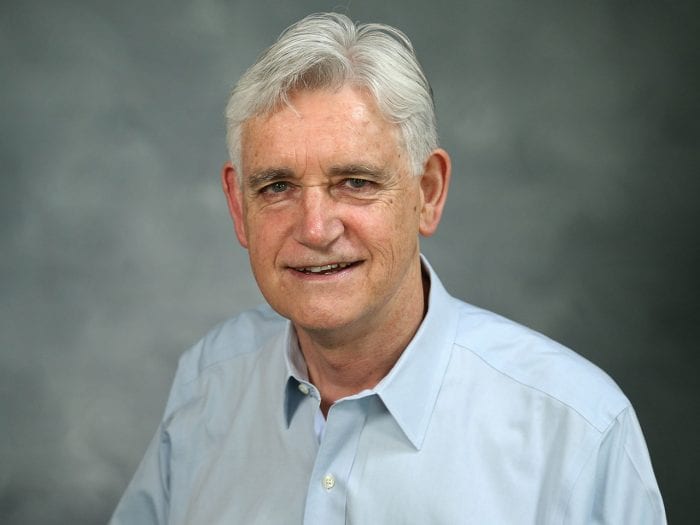The toxic talk and policies towards immigrants in the United States is hurting American science and could threaten the country’s ability to compete in technology, an important economic driver.
That’s one of several messages Bruce Stillman, Cold Spring Harbor Laboratory President and Chief Executive Officer, shared in an exclusive interview.
The attitude of some Americans towards immigrants, particularly amid the southern border issue, is “scaring a lot of people off, thinking about working in the United States,” said Stillman. Some of these talented immigrants are wondering why they would come to America. “The perception is that the US is not as welcoming as it used to be,” even for the immigration of highly skilled people, he added.
This hostility could have a detrimental top-down effect on science.
Indeed, immigrants have distinguished themselves, earning top prizes in science and accounting for 38 percent of the Nobel Prizes in physics, 34 percent in medicine and 37 percent in chemistry since 1901, according to Forbes.
“This is a very important economic and competitiveness issue,” said Stillman, who grew up in Australia.
It is increasingly difficult to recruit people from certain countries, particularly amid challenges getting visas, Stillman said.
Cold Spring Harbor Laboratory has an offer out to a “very talented scientist” who has been waiting for almost a year to receive a visa, he said.
Many people have an opinion on the way things ought to be, Stillman explained, including issues related to diversity, equity and inclusion.
“The dialog in the US is no longer civil, but now people are emboldened to attack those in leadership positions,” he explained in an email. “It is part of the wider adversarial dialog going on in America.”
Policies in some states like Florida create the impression, even to accomplished and dedicated workers, that the country does not want them to work here.
CSHL embraces “talented scientists who want to work in the US to come to CSHL,” he explained.
Major scientific recession
Apart from immigration policies that exclude a broad swath of people who might otherwise ensure American technological competitiveness, Stillman is also worried about how political logjams in Washington could limit future funding for science.
“The moderates on both sides of Congress need to come together to override those on the left wing of the Democratic party and those on the right wing in the Republican party,” he explained.
Stillman does not understand why most members of Congress don’t vote out the extremes. If everyone in the middle stood up, “they would be lauded by the general public,” Stillman wrote in an email.
Listening to the fringes of science on both sides who attack science raises the risk of maintaining a leadership position.
Still, he maintains that he is optimistic that the general public and the moderate majority will prevail.
Learning from history
As the leader of Cold Spring Harbor Laboratory for 29 years, Stillman recognizes his institution’s role in a dubious chapter in American history.
Indeed, a century ago, the United States passed the Johnson-Reed Act, or the Immigration Act of 1924, which provided a quota that limited the number of immigrants to two percent of the people of each nationality in the country as of the 1890 census. The law excluded immigrants from Asia.
After that law, Cold Spring Harbor Laboratory played a role in this policy by creating a eugenics record office.
CSHL put up a web site 18 years ago to chronicle the lab’s involvement in a period when science was used to justify discriminatory policies.
“We have highlighted on our web site about the eugenics movement so as to educate children and adults about how misunderstanding science, in this case genetics, can lead to dangerous public policy,” he explained in an email.
This year, on the 100th anniversary of the immigration law, the lab plans to highlight the 1924 Immigration Act as something that led to policies that are “not compatible with what the US is about,” he said.
Building for the future
Like other labs, CSHL is competing to earn federal grants from the National Institutes of Health and the National Science Foundation.
The lab needs to raise “considerable amounts of money each year to eep cutting edge science moving forward,” he wrote.
Indeed, CSHL recently started a major expansion on seven acres of land at the top of the campus to build four research buildings. The lab plans to hire about 14 to 16 new faculty to join the current staff of 56 investigators.
These buildings will expand on programs that explore brain-body physiology, which describes how organs such as the stomach and others interact with the brain.
Many diseases, including cancer, upset the normal brain body interactions, he added. Intervening in these circuits can lead to new therapeutics for cancer and for many neurological disorders.
Researchers at CSHL will publish several discoveries in the next few years in this field that represent “important breakthroughs,” Stillman said.
At the end of May and early June, CSHL will host an annual symposium on brain body physiology, which will include a lecture for the general public.
CSHL is pursuing the most ambitious capital campaign in the lab’s history, raising funds to support the construction of new research and education buildings and to increase the endowment to support the science.
The lab is also building another center called NeuroAI that integrates neuroscience, artificial intelligence and computer science. The computational AI effort has “taken on a life of its own,” he explained. “We plan a major effort to understand how our brain does normal computation and then use this knowledge to improve computer programs.”
In the realm of artificial intelligence, CSHL has used a program called alpha fold, which a unit of Google called Deep Mind developed.
This program predicts protein-protein interactions and protein-drug interactions, which helps “transform the way biology is done,” he said.
While the work “accelerates” the science, it doesn’t “replace doing real experiments,” he added.

















